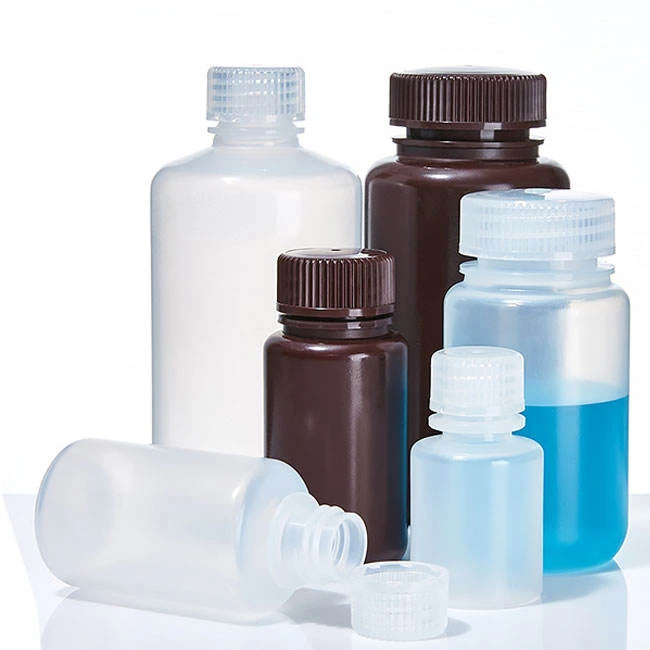plastic amber vials
Exploring the Benefits and Applications of Plastic Amber Vials
Plastic amber vials have gained significant popularity in various industries thanks to their unique properties and functionalities. These vials, typically made from high-density polyethylene (HDPE) or polypropylene, are designed to provide superior protection for light-sensitive substances. Their distinct amber color filters out harmful UV rays that can degrade the quality of sensitive materials, making them invaluable for storage and transportation.
One of the key advantages of plastic amber vials is their lightweight nature. Unlike glass containers, which can be heavy and fragile, plastic vials offer a practical solution for industries that require safe and efficient handling. This weight reduction can be particularly beneficial for businesses engaged in shipping or transporting large quantities of products, as it minimizes overall shipping costs and reduces the risk of breakage during transit.
In addition to their physical benefits, plastic amber vials are chemically resistant. They can securely house various substances, including essential oils, chemicals, laboratory samples, and pharmaceuticals, without the risk of leaching harmful substances into the stored materials. This characteristic is particularly crucial in the pharmaceutical and healthcare sectors, where maintaining the integrity of a product is paramount.
Furthermore, the versatility of plastic amber vials extends beyond mere storage. They are often utilized for dispensing and sampling applications. Available in various sizes, from small sample vials to larger containers, they cater to a wide range of needs. Laboratories frequently use these vials for storing reagents, biological samples, and other sensitive materials. The ease of use, combined with their reliable sealing capabilities, ensures that samples remain uncontaminated and stable over time.
plastic amber vials

The manufacturing process of plastic amber vials also contributes to their sustainability. Many producers are now adopting eco-friendly practices by utilizing recycled materials and implementing energy-efficient production methods. As global awareness regarding environmental sustainability increases, businesses are seeking packaging solutions that align with their commitment to reducing their carbon footprint. Plastic amber vials not only fulfill this need but also provide a cost-effective alternative to traditional glass containers.
Apart from laboratory and pharmaceutical applications, the fragrance and cosmetics industry is another sector that benefits from plastic amber vials. Essential oils, perfumes, and lotions are often housed in these vials to protect their aromatic and chemical properties. The amber tint not only serves a functional purpose by blocking UV light but also offers an aesthetically pleasing appearance, making these vials suitable for retail display.
However, it is essential to note that while plastic amber vials are robust and practical, they may not be suitable for all applications, particularly where high heat or extreme chemical exposures are involved. In such cases, glass vials may be more appropriate. Therefore, understanding the specific requirements of your product is crucial in selecting the right packaging solution.
In conclusion, plastic amber vials offer a multitude of benefits ranging from lightweight design and chemical resistance to sustainability and versatility. Their applications span across numerous industries, including pharmaceuticals, laboratories, and cosmetics. As businesses increasingly prioritize safe and effective storage solutions, the demand for plastic amber vials is likely to continue growing. With their ability to protect light-sensitive materials while also being environmentally conscious, these vials represent an excellent choice for a wide array of applications.
-
Aesthetic Makeup Spray Bottles | Fine Mist Empty RefillableNewsAug.19,2025
-
White Plastic Veterinary Vaccine Vials | Lab Liquid BottlesNewsAug.18,2025
-
Plastic Medicine Liquid Bottle: Secure Flip Top Drug VialsNewsAug.17,2025
-
Durable 250ml Blue Plastic Vaccine Vial for Lab & Vet UseNewsAug.16,2025
-
Sterile Virus Sample Tubes: Secure & Reliable Specimen CollectionNewsAug.15,2025
-
White 250ml Plastic Vaccine Vial for Lab & Vet MedicineNewsAug.14,2025
























